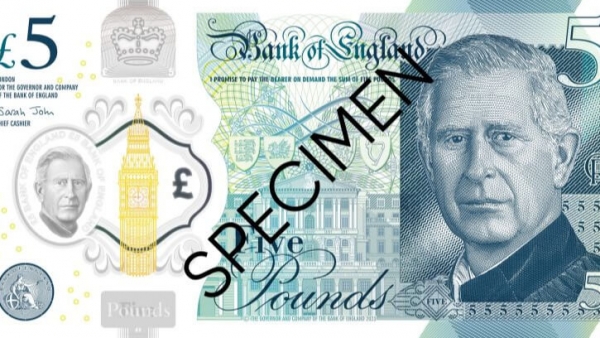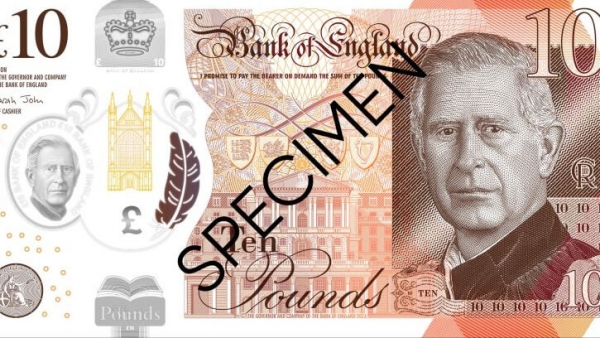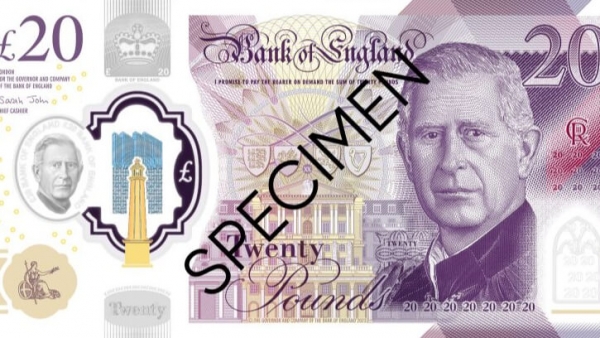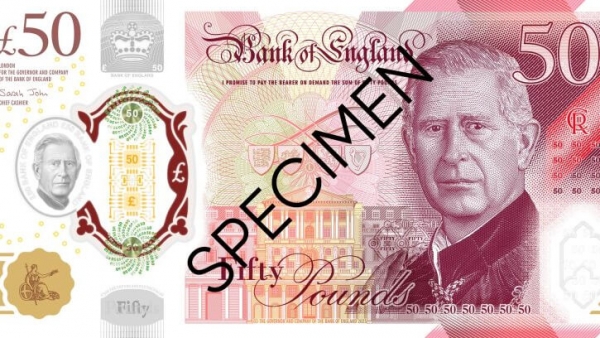8 things to know about King Charles III banknotes
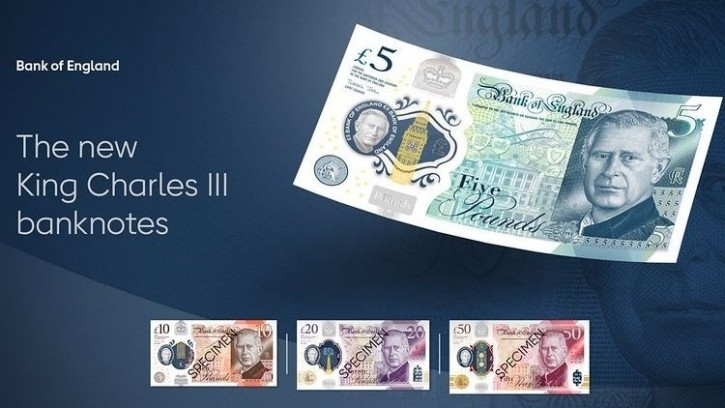
In December 2022, the Bank of England unveiled the design of the new notes and announced plans to enter them into circulation in 2024.
Here's a summary of what operators should know ahead of the note becoming legal tender:
- Banknotes featuring the King’s portrait will be issued from 5 June 2024
- The new notes will have the same security features as the existing cash featuring Queen Elizabeth II
- The portrait of the King will appear on existing designs of all four banknotes
- An image of the King will be on the front and in the see-through security windows
- Under a good quality ultra-violet light, the numerical value appears in bright red and green on the front of the notes, against a duller background
- On the front of the notes, you can feel raised print
- Detector pens don’t spot counterfeits printed on polymer
- Notes featuring the late Queen Elizabeth II will remain legal tender and co-circulate alongside the King Charles III notes
New notes
The new banknotes are the latest version of the polymer note. The £5 was the first to change from paper, which was issued in September 2016 and features Sir Winston Churchill.
The £10 note followed this in September 2017 and features Jane Austen.
The £20 was the third to be changed over to polymer and painter JMW Turner appears on this note while the £50 note was the last to change and shows Alan Turing.
The Bank of England said the launch of the £50 note was an important landmark as Turing was the first known LGBTQ+ figure on a Bank of England note.
Bank of England advice if you receive a counterfeit note:
If the counterfeit note has been discovered after the customer has left the premises, operators can take it to the bank as a suspect counterfeit note or contact the police.
If the customer is still on site and staff feel at risk, they can refuse the note and ask for another form of payment before contacting the police when safe to do so.
Or, if staff do not feel at risk, they can keep the note, provide the customer with a receipt and ask for another form of payment.
They can inform the customer they will be reimbursed if the note is genuine before then contacting the police or taking the note to the bank as a suspected counterfeit.
When first introduced, the Bank of England recommended everyone who handled cash familiarised themselves with more than one of the security features before they came into circulation.
In October 2017, pound coins were replaced with a new version that has a number of high-tech features and is harder for counterfeiters to copy.
Cash history
Polymer notes are smaller than their paper predecessors with the plastic £5 around 15% smaller.
The decision to print on polymer was taken because they last longer, stay cleaner and are harder to counterfeit than paper notes.
As part of the Bank of England’s assessments, new banknote materials were subjected to a range of chemical and physical tests to assess their durability.
These demonstrated the polymer notes would be much stronger and more durable than the previous series while the material itself was more secure in terms of the difficulty of printing on it in large volumes and the ability to incorporate large intricate windows that are more resilient to counterfeiting.
The move followed other countries using polymer notes. In 1988, Australia was the first nation to issue them and since many others have joined including Canada, Fiji and New Zealand.
Paper notes were axed almost two years ago with 30 September 2022 being the last day they were legal tender.
Full list of security features:
Hologram image change
Tilt the note from side to side and check the words change between the value of the note for the £5, £10, £20 or £50 and pounds. Within the two gold foil squares on the front of the £50, the images change between 50 and a £ symbol when the note is tiled.
See-through window
The metallic image over the window should have gold foil on the front of the £5 and £10, gold and blue on the front of the £20 and gold and green on the front of the £50. The foil is silver on the back of all notes.
There should also be a second, smaller window in the bottom corner of the £20 and £50 notes.
Coloured foil patch
A metallic foil patch should be on the back of notes, directly behind the silver crown on the front.
On the £5 note, this patch is green, £10 note it is copper, purple on the £20 and red on the £50.
Feel of polymer and raised print
Polymer is a think and flexible plastic material. There should also be raised print on the front saying ‘Bank of England’ and in the bottom right corner around the numbers 5 and 7 or over the smaller window on the £20 and £50 notes.
Print quality
The note should have sharp and clear printed lines and colours with no smudges or blurred edges.
Under a magnifying glass, the value of the note is written in small letters under the monarch’s portrait.
Ultraviolet numbers
When using a good quality ultraviolet light, the front of the notes show the value in bright red and green, against a duller background.
